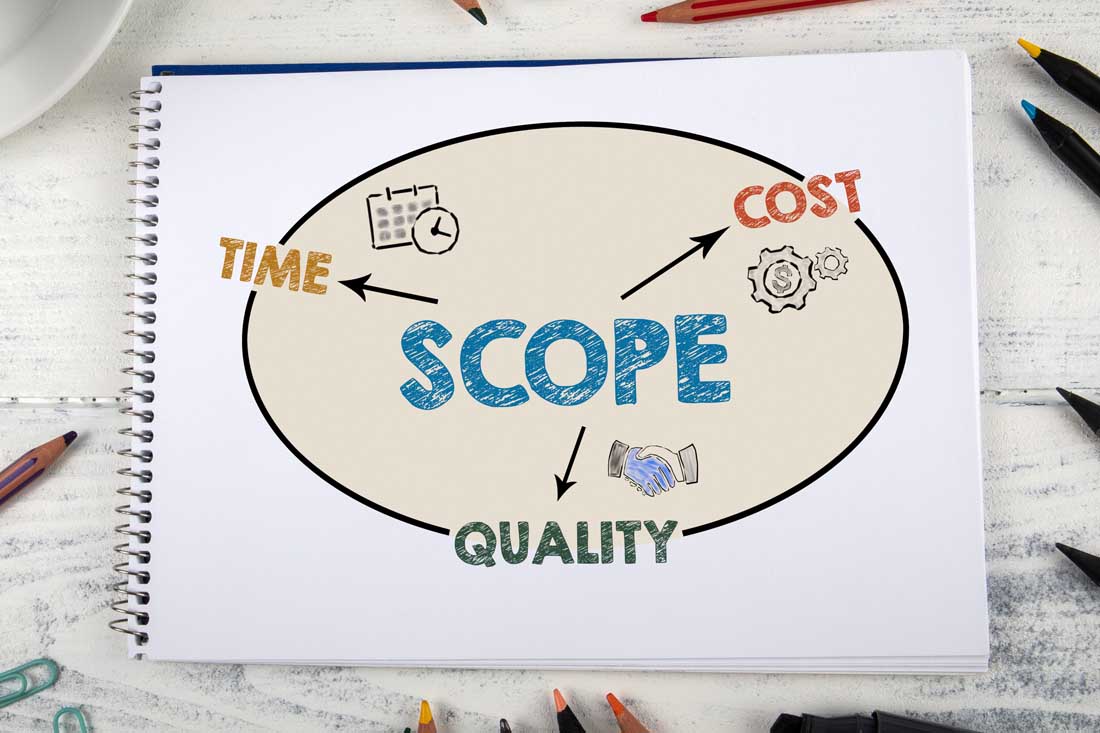Is time your most valuable resource? Consider these sobering stats:
- Unnecessary meetings cost big companies $100 million a year
- 60% or less of work time is actually spent on productive work
- Organizations lose $1.7 million for every 100 employees to wasted time
If you’re not familiar with the concept of time cost, here’s what you need to know: It’s crucial to the success of any organization. Time is more than just money — it’s precious and priceless. Once lost, there’s no way to get it back. But with the right know-how, you can optimize time cost to make your workforce more productive and efficient.
In this article, we’ll provide a comprehensive analysis of time cost — what it is, how it affects your business and ways to improve it.
What is time cost?
Time cost refers to the indirect costs incurred when an activity takes longer than expected. It includes easy-to-calculate costs, such as labor expenses, as well as intangible factors like missed opportunities and decreased productivity. Time cost affects not only your bottom line but also the overall efficiency of your business.
Time cost includes two primary categories: internal and external. Internal time cost encompasses expenses incurred within your organization such as overtime wages and administrative overhead that directly impact financial health. External time cost refers to the financial impact on customers, suppliers and other outside stakeholders. It’s important to examine both categories when evaluating the implications of time-related delays.
What is time cost optimization?
The more time-efficient your employees are, the more productive your teams will be. But this doesn’t always happen naturally. Some team members need help with what’s called “time cost optimization.”
Time cost optimization is a process for reducing the amount of time required to complete critical tasks. It involves measuring the amount of time teams currently devote to different project activities and uncovering opportunities to reduce waste. You may need to eliminate unnecessary meetings, create space for more focus time, or minimize pings, notifications and other distractions in the workplace.
The goal of time cost optimization is to reduce expenses while increasing productivity and profitability. Use it to ensure project success by figuring out how much time your team should ideally spend on each task. You may not stick to those exact standards, but having this benchmark will make it much easier to optimize project costs and improve performance.
How time cost affects your business
Time cost affects virtually every aspect of your organization’s operations, with far-reaching implications in six critical areas.
1. Project management
You don’t need an expert to tell you about the importance of project time management. All it takes is one project schedule delay to understand how quickly costs, customer satisfaction and brand reputation can change. For this reason, project managers must carefully monitor time cost factors.
2. Workflows
To keep work flowing, you need to minimize time-sucking distractions. Yanking people from deep work to attend a poorly organized meeting isn’t just a hindrance. This practice also costs companies millions of dollars in the form of lost focus and lowered productivity. And that’s only one example — lost time affects everything from interdepartmental communication to customer satisfaction.
3. Productivity
The impact of time cost on productivity cannot be overstated. When tasks take longer than anticipated, the result is project delays and decreased output. This not only hampers efficiency but also decreases employee engagement. Using productivity metrics to help inform time costs is essential for a motivated workforce.
4. Budgets
Lower efficiency means strained budgets — yet another reason you need to closely watch your time costs. Making your workforce as productive as possible will prevent project scope creep and cut down on wasted resources.
5. Decision-making
To make the best decisions possible, you need real-time data and analysis. But too often, organizations overlook the importance of time cost considerations. These provide valuable insights on financial feasibility and should be an integral part of your decision-making.
6. Product quality
High time costs directly impact quality of the final product, which quickly leads to customer dissatisfaction and potential loss of business. Whether caused by poor planning, inadequate resources or unforeseen circumstances, it’s crucial to identify the root causes of time-related delays and adopt measures to prevent them from happening again.
Strategies for time cost optimization
Optimizing time cost comes down to four essential strategies.
1. Help employees improve their time management skills
Helping employees manage their time effectively is the first step in optimizing time cost. This might involve training employees on project management software or helping them prioritize tasks. Most importantly, managers should work with team members to set realistic deadlines and project timelines.
2. Evaluate your team culture for hidden dangers
Managing productivity is another way to minimize time wasted on non-value-added activities. Start by taking a good, hard look at your team culture. Are you meeting more often than necessary? Are people constantly interrupted by group chats? Multitasking is the great enemy of time cost management. It creates the appearance of efficiency, when in fact constant context switching can reduce employee productivity by 80%. Eliminating these hidden dangers will make a big difference in optimizing your time costs.
3. Master the triple constraint approach to project management
The triple constraints of project management, also known as the project management triangle, forces you to focus on the three biggest predictors of project plan success: cost, scope and time. Adopting a triple constraint mindset will make a big difference in time cost — first, by shedding light on any financial constraints. Then, as you use those insights to prioritize and rearrange tasks, it’s much easier to create a realistic schedule and ensure you complete the project on time.
4. Use technology to reduce time spent on manual tasks
Technology revolutionized the way businesses operate — but you need to get it right. From automation platforms to workforce analytics software, make sure you have the best mix of tools to streamline workflows, reduce errors and save time. Rather than overcomplicating processes with too many tools, use software utilization to gain a deeper understanding of how often tools are used, who’s using them and how they impact productivity. This one move alone offers tremendous potential for time cost optimization.
Understand and improve your organization’s time cost with ActivTrak
Looking for a way to boost productivity, increase customer satisfaction and improve profitably — all at the same time? Time cost management is your answer. And ActivTrak’s productivity management software will give you the head start you need. We’ll track your team’s performance in real time to measure efficiency, identify distractions and uncover opportunities for improvement.
Schedule a demo to see how we can help you take control of your organization’s time cost and propel your team toward peak productivity.





